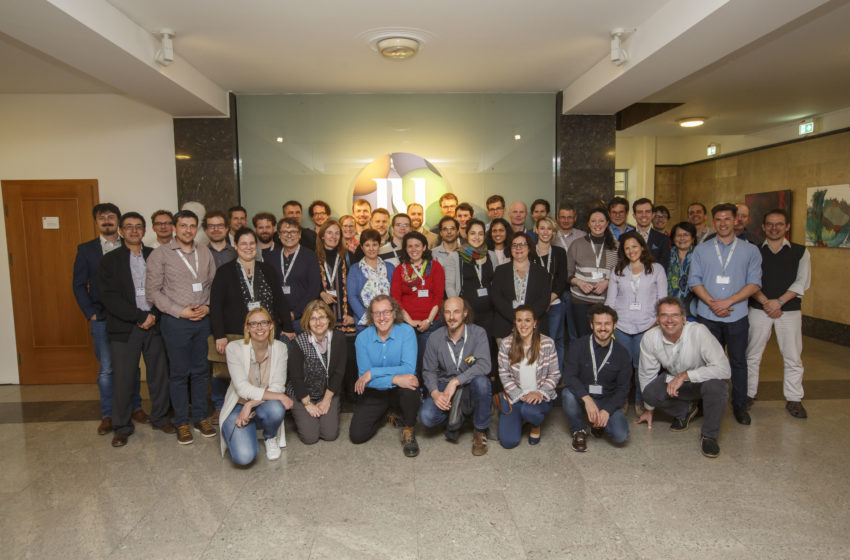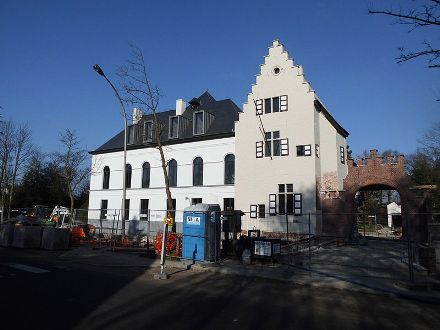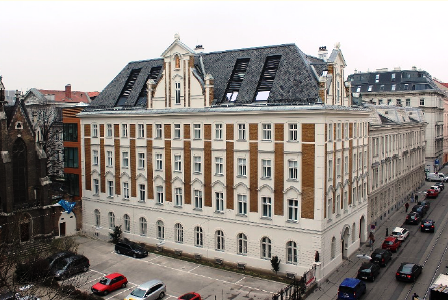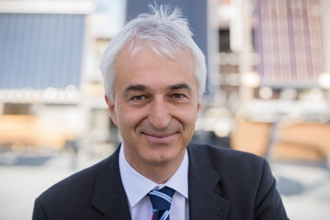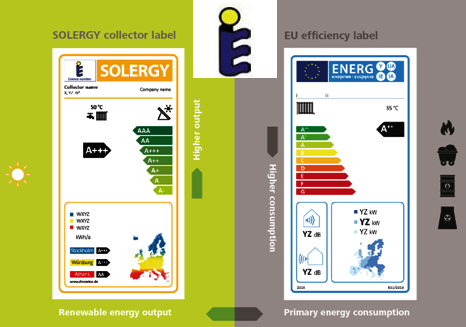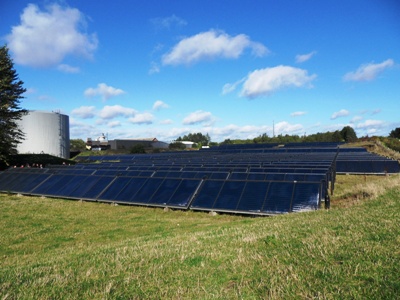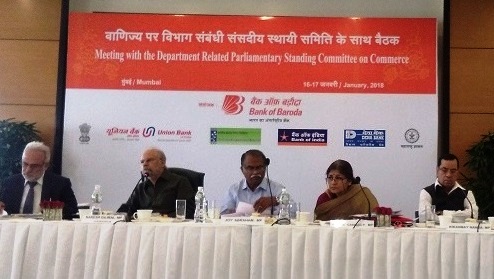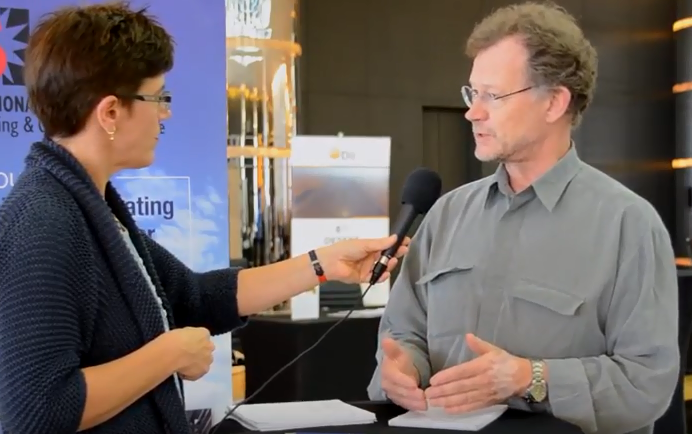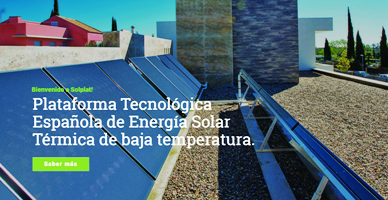Compared to water, phase change materials (PCMs) offer more capacity to store heat in tanks. As a consequence, researchers in all corners of the world have been developing new materials […]Read More
A state-of-the-art solar thermal system has been installed under the slate roof of a castle in Ghent, Belgium. Roll-bonded Thermoslate absorbers measuring 44 m² have been integrated into the space […]Read More
Maintaining the exterior of a historic building while raising energy efficiency is not necessarily a contradiction. The new EN 16883:2017 standard, Conservation of cultural heritage, provides guidance on how to […]Read More
The Solar Keymark Network meeting held in Spain this March saw a new chairman, Andreas Bohren (see photo), leading a reshaped organisation. From now on, the members of the network, […]Read More
The German-based Solar Heating Initiative has developed a new calculation method to label solar thermal systems based on the Ecodesign Directive 2005/32/EC. It put the method, which allows for a […]Read More
Labels and trademarks should give the end-consumer a clear feedback on the quality and performance of the labelled product. Currently there are three labels available for solar products or solar […]Read More
Once a large solar field is set up at its designated location, what tests can be conducted to show that it performs as expected? Soon, the IEA Solar Heating & […]Read More
Vacuum tube-based solar water heaters imported from China are posing a serious threat to the viability of domestic manufacturing in India. This was the key message from the STFI, the […]Read More
To enter new markets, solar thermal collector manufacturers need to have their products tested and certified as meeting local standards. Thanks to GSCN, the Global Solar Certification Network, they can […]Read More
On 4 October 2017, the Spanish Ministry of Economy hosted the first general meeting of the newly created Technology Platform on Low Temperature Solar Thermal, Solplat. Funded by the ministry […]Read More
